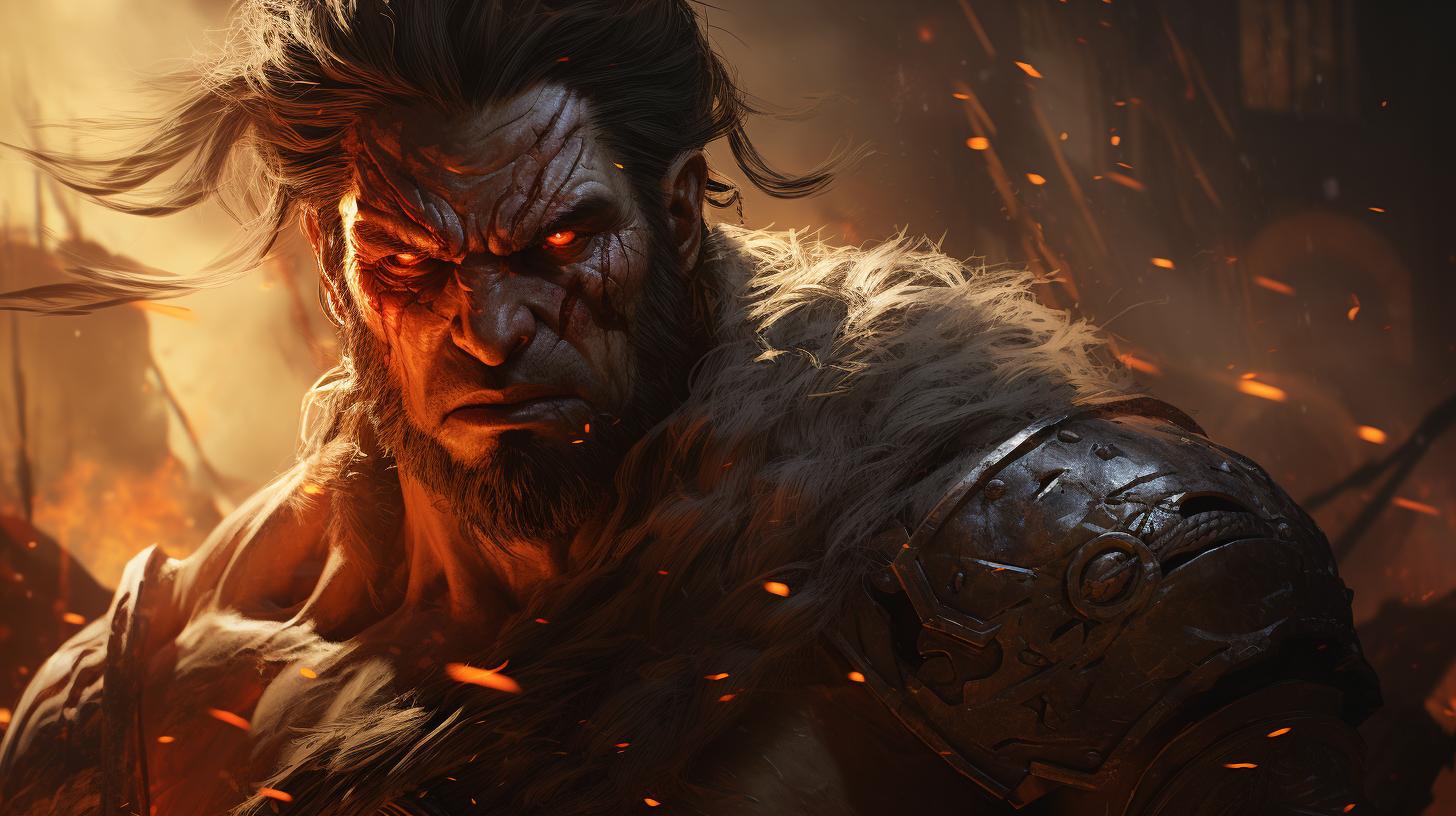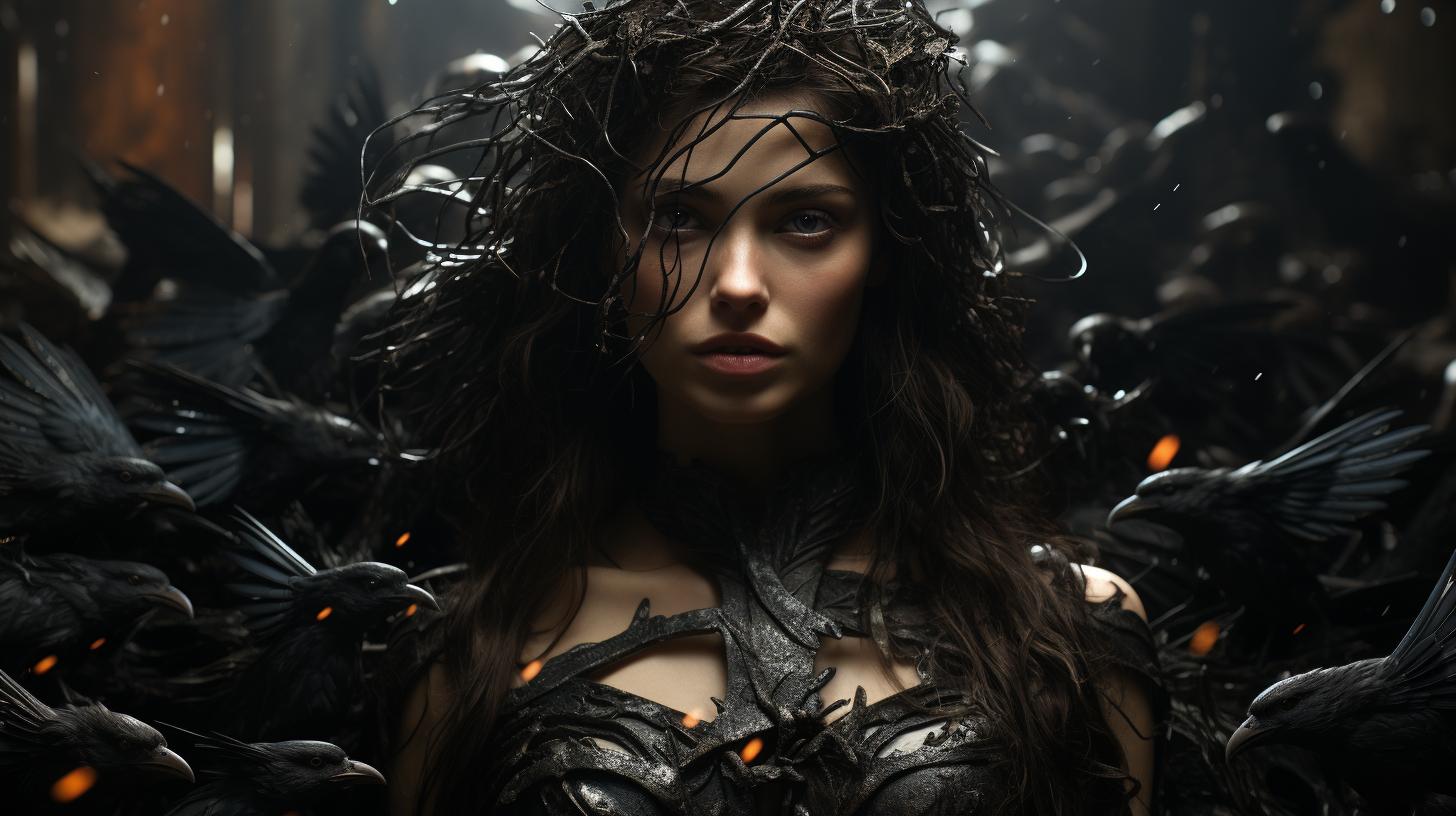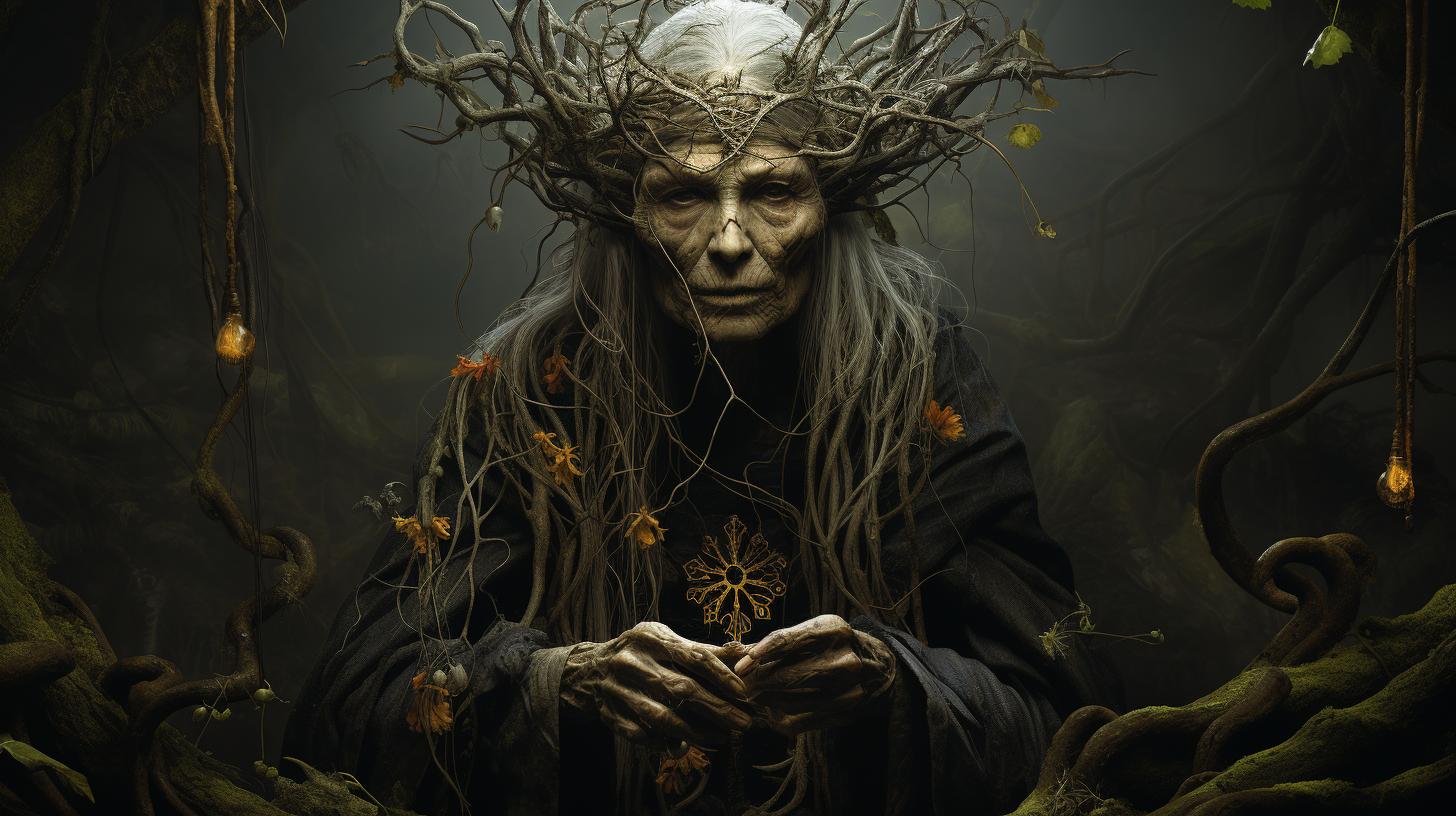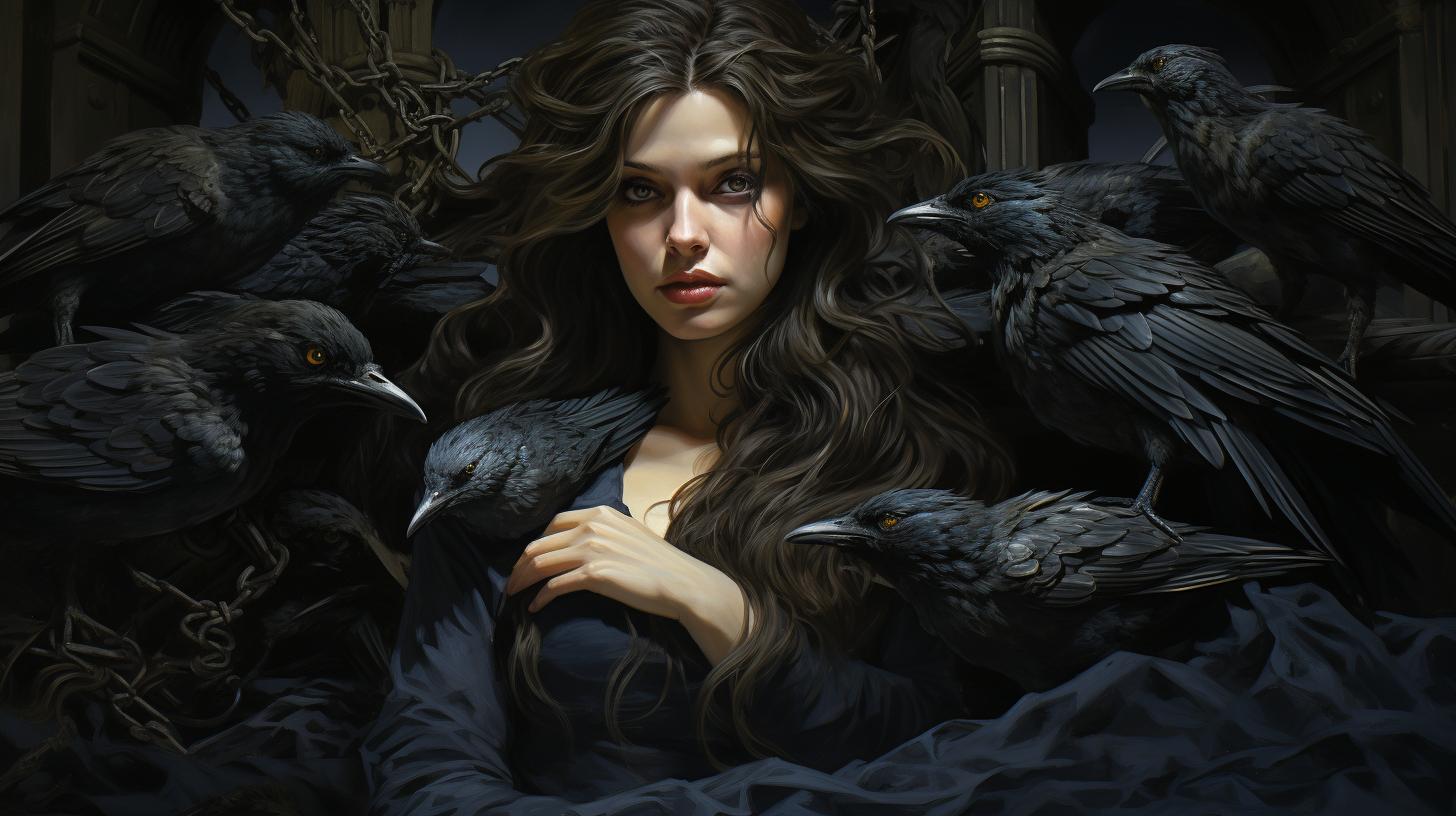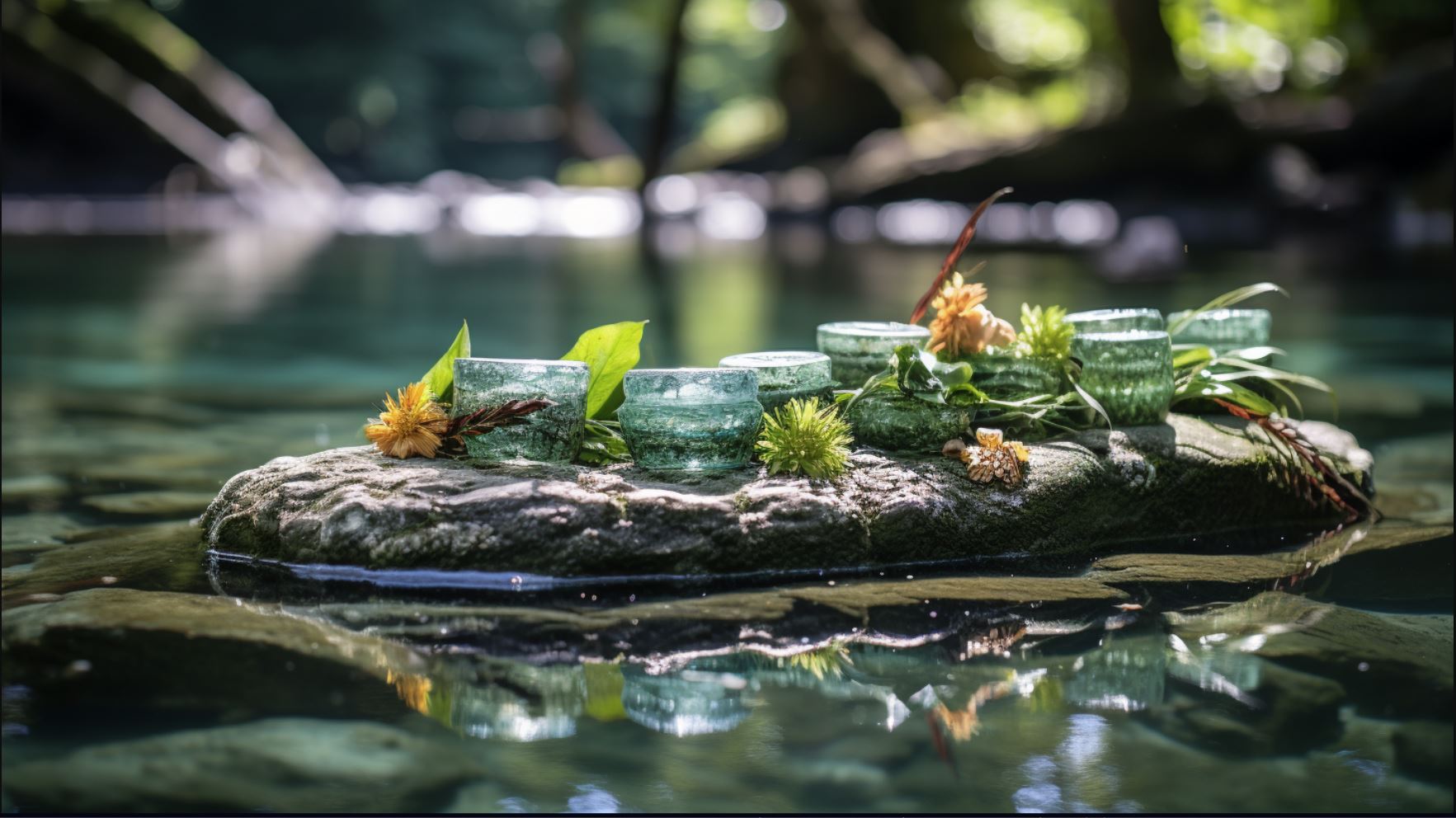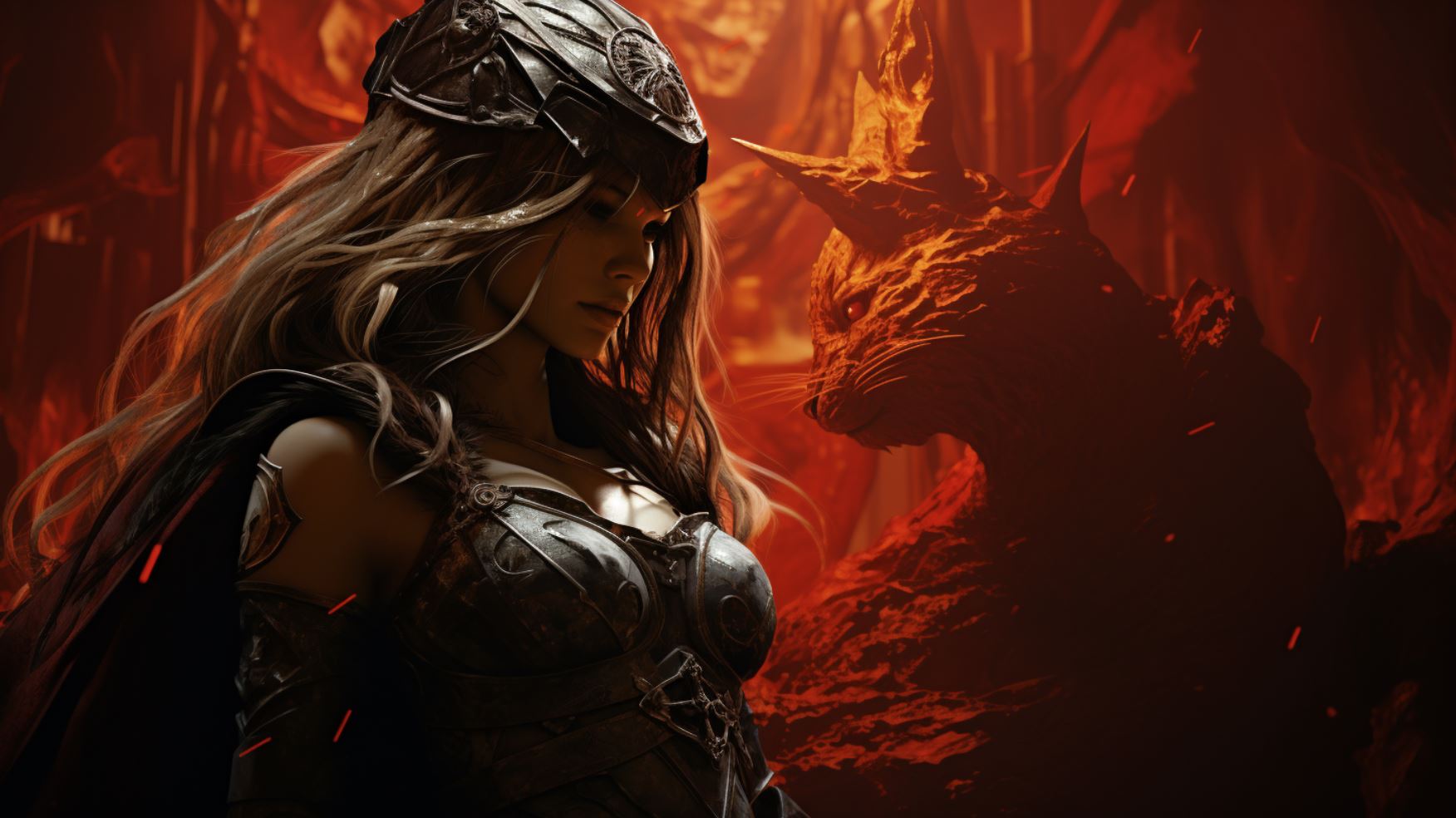Abnoba Celtic Goddess: Unveiling the Ancient Wisdom and Power

The Abnoba Celtic goddess holds a significant place in Celtic mythology and worship. Believed to have origins in ancient Celtic culture, Abnoba remains a powerful and mysterious deity, revered for her association with nature and natural elements.
This article explores her mythology, symbols, and connections with other Celtic deities. It delves into the role of Abnoba in Celtic rituals, the existence of dedicated temples and sacred sites, and the celebrations honoring her.
Furthermore, it discusses her strong connection with mountains, forests, and rivers, and how she continues to influence modern paganism.
The Origins of Abnoba Celtic Goddess
The origins of the Abnoba Celtic goddess are deeply rooted in the ancient Celtic culture, which flourished in what is now known as Ireland, Scotland, and parts of Europe. The Celts, a diverse group of tribes, had a rich and complex belief system that revolved around their deities, including powerful goddesses like Abnoba.
The Celts and their Deities
The Celts, known for their warrior spirit and deep connection to nature, held a profound reverence for their gods and goddesses. They believed that these divine beings possessed immense power and influence over various aspects of life, from fertility and abundance to war and craftsmanship.
The Celtic pantheon was vast, with countless deities representing different facets of the natural and supernatural realms.
The Significance of Celtic Goddesses
Among the Celtic deities, goddesses held a vital role in the cosmology and religious practices of the Celts. Celtic goddesses embodied the feminine principle and were associated with motherhood, healing, wisdom, and protection.
They were revered as creators, nurturers, and fierce warriors. The worship of Celtic goddesses was deeply intertwined with the rhythms of nature and the cycles of life.
The origins of Abnoba, the Celtic goddess we delve into here, reveal her importance in Celtic mythology and the profound impact she had on the lives of ancient Celts.
Unraveling the mysteries surrounding Abnoba requires exploring her mythology, symbols, and connections with other deities.
Abnoba: A Powerful and Mysterious Deity
Abnoba, the Celtic goddess, holds a significant place among the pantheon of ancient Celtic deities. Her origins and mythology have fascinated scholars and historians for centuries. Let’s delve deeper into the captivating world of Abnoba and uncover the secrets surrounding her power and mystique.
Unraveling the Mythology of Abnoba
The mythology surrounding Abnoba is filled with intrigue and enigma. As we explore her stories and legends, a picture of a powerful and revered deity begins to emerge. Stories often depict her as a protector of the wild, embodying the untamed forces of nature.
She is associated with the realm of the forests, summoning both the awe-inspiring beauty and the dark mysteries hidden within.
One of the most intriguing aspects of Abnoba’s mythology is her connection to hunting and the huntress archetype.
She is often depicted wielding a bow, a symbol of her prowess and skill as a hunter. Her influence on hunting rituals and practices in Celtic culture highlights her role as a provider and guardian.
Symbols and Representations of Abnoba
Abnoba is associated with a variety of symbols and representations that further enhance her divine presence. One prominent symbol is the stag, which is often depicted alongside her. The stag represents strength, nobility, and the connection between the spiritual and natural worlds.
Other symbols associated with Abnoba include the oak tree, which signifies wisdom and endurance, and the wolf, symbolizing her fierce protection and guardianship. These symbols serve as reminders of the profound connection between Abnoba and the natural world.
Connection with Other Celtic Deities
In Celtic mythology, deities often have intricate relationships with one another. Abnoba is no exception, as her stories intertwine with those of other Celtic gods and goddesses. Her connection to the god Cernunnos, often depicted as a horned deity associated with fertility and wealth, highlights the intricate web of Celtic mythological relationships.
- Aine: The goddess of love and fertility, often associated with the sun.
- Brigid: The goddess of poetry, healing, and smithcraft, symbolizing the triple aspect of the divine feminine.
- Danu: The mother goddess, associated with abundance and wisdom.
These connections demonstrate the interconnectedness and complexity of Celtic mythology, weaving together various deities and their domains.
Abnoba in Celtic Culture and Worship
Abnoba, the enigmatic Celtic goddess, played a significant role in the culture and worship practices of the Celts. Her presence in Celtic rituals was highly revered and held great importance in their spiritual traditions.
Abnoba’s Role in Celtic Rituals
In Celtic rituals, Abnoba held a prominent position as a deity associated with nature, fertility, and protection. She was believed to bring blessings and abundance to the land, ensuring the prosperity of crops and livestock.
Through elaborate ceremonies and offerings, the Celts sought her favor and guidance.
Offerings to Abnoba often consisted of harvested grains, fruits, and flowers, symbolizing the cyclic nature of life and the interconnectedness between humans and the divine.
Rituals were conducted in sacred areas, often in secluded groves or near streams, reflecting the Celtic belief in the sacredness of nature.
Temples and Sacred Sites Dedicated to Abnoba
Dedicated temples and sacred sites were erected in honor of Abnoba, serving as places of worship and pilgrimage for the Celts. These sites were carefully chosen for their natural beauty and association with the goddess.
One notable sacred site dedicated to Abnoba is located in the heart of the Black Forest, a majestic region known for its dense forests and ancient trees. It was in this mystical setting that the Celts felt closest to Abnoba and performed their rituals and ceremonies, seeking divine guidance and protection.
Other sacred sites associated with Abnoba included secluded mountain caves, towering peaks, and tranquil riverbanks. These locations served as gathering places for devotees seeking to connect with the goddess and experience her presence in the natural world.
Celebrations and Festivals Honoring Abnoba
The Celts celebrated vibrant festivals and gatherings throughout the year to honor Abnoba and express their devotion. These joyous occasions were marked by music, dance, feasting, and communal celebrations.
One such festival was the Beltane, celebrated on the first day of May, where bonfires were lit, symbolizing purification and the arrival of summer.
This festival also paid homage to Abnoba’s role as a protector of livestock, with rituals and rituals performed to ensure the well-being of animals during the warmer months.
Another important celebration was Samhain, marking the end of the harvest season and the beginning of the Celtic new year.
During this time, people gathered to honor their ancestors and seek Abnoba’s guidance for the coming year.
These festive celebrations reaffirmed the Celts’ deep connection with Abnoba, infusing their lives with meaning, harmony, and a sense of belonging within the natural world.
Abnoba and Nature: Mountains, Forests, and Rivers
In the realm of Celtic mythology, Abnoba, the powerful Celtic goddess, is intimately connected with the natural world. Her presence can be felt in the majestic mountains, enchanting forests, and meandering rivers.
These natural landscapes hold profound spiritual significance and form the sacred domain of Abnoba.
The Black Forest: Abnoba’s Sacred Domain
Deep within the heart of Europe lies the Black Forest, a sprawling expanse of ancient woodlands that has long been considered Abnoba’s sacred domain. Here, the veil between the mortal realm and the divine is believed to be at its thinnest, allowing seekers to commune with the goddess and tap into her ancient wisdom.
Within the mystic depths of the Black Forest, countless rituals have taken place, paying tribute to Abnoba and seeking her guidance. The dense canopy of towering trees and the ethereal ambiance create an otherworldly atmosphere that draws pilgrims, nature enthusiasts, and spiritual seekers from all corners.
River Goddess: Abnoba’s Association with Water
As a Celtic goddess, Abnoba has an intrinsic connection with water and is often revered as a river goddess. The flowing rivers, with their ever-changing currents, symbolize the ebb and flow of life’s cycles.
They embody the essence of Abnoba’s power, nurturing all that depends on them for sustenance.
Throughout Celtic culture, rivers were considered sacred gateways, allowing communication between the mortal and divine realms.
Worshipers would offer prayers, make offerings, and conduct rituals along the banks of these revered waterways, seeking the blessings and guidance of Abnoba.
The Spiritual Significance of Mountains in Abnoba’s Worship
Mountains hold a special place in the worship of Abnoba, symbolizing strength, stability, and the enduring power of nature.
These towering peaks were seen as sacred gateways to the heavens, bridging the gap between mortal and divine realms.
Pilgrims would journey to the sacred mountains, often undertaking arduous treks and enduring physical hardships to reach the summit.
It was believed that by reaching these lofty heights, they would come closer to the divine presence of Abnoba, gaining insights, wisdom, and blessings for their spiritual journeys.
In conclusion, the sacred domain of Abnoba encompasses the mesmerizing landscapes of mountains, forests, and rivers.
These natural wonders are not only beautiful in their own right but are also imbued with the power, mystery, and spiritual energy associated with the Celtic goddess. Exploring these sacred sites and connecting with the elements allows one to delve deeper into the ancient wisdom and reverence surrounding Abnoba in Celtic mythology.
Abnoba Through the Ages: Influence and Legacy
Abnoba, the Celtic goddess, has left a lasting impact on history and continues to inspire individuals in various ways. Her influence extends beyond the ancient Celtic era, reaching the Roman era and even beyond, touching the realm of modern paganism.
Let’s explore the fascinating journey of Abnoba, from the past to the present.
Abnoba in Roman Era and Beyond
The Roman era witnessed the assimilation of various deities from different cultures, and Abnoba was no exception. With the spread of the Roman Empire, the worship of Abnoba expanded beyond Celtic lands.
In some regions, she was equated with Roman goddesses such as Diana and Fortuna, blending local beliefs with the Roman pantheon. Even as the centuries passed, remnants of her worship and legends persisted, reflecting the enduring appeal of Abnoba.
Abnoba’s Influence on Modern Paganism
Abnoba’s legacy transcends time, as her symbolism and stories continue to resonate with modern pagans. Her deep connection to nature, wild places, and the spirits of the land aligns with contemporary pagan ideologies that value ecological harmony and reverence for ancestral traditions.
Many pagans today honor Abnoba in their rituals, seeking to reconnect with the ancient wisdom and spiritual energy associated with this ancient Celtic goddess.
Rediscovering Abnoba: Contemporary Perspectives
In recent years, there has been a resurgence of interest in Abnoba fueled by academic studies, archaeological findings, and the growing pagan revival. Scholars, researchers, and spiritual seekers have sought to uncover more about Abnoba, her myths, and her significance in Celtic culture.
This renewed attention has brought forth a fresh understanding of Abnoba’s place in history and her relevance to the present day.
Today, individuals from diverse backgrounds are embracing the allure of Abnoba, delving into her esoteric mysteries and exploring her wisdom.
From artistic expressions to spiritual practices, people are finding inspiration in Abnoba’s ancient legacy, connecting with her primal energy, and shaping their own spiritual journeys influenced by this enigmatic Celtic goddess.
.













